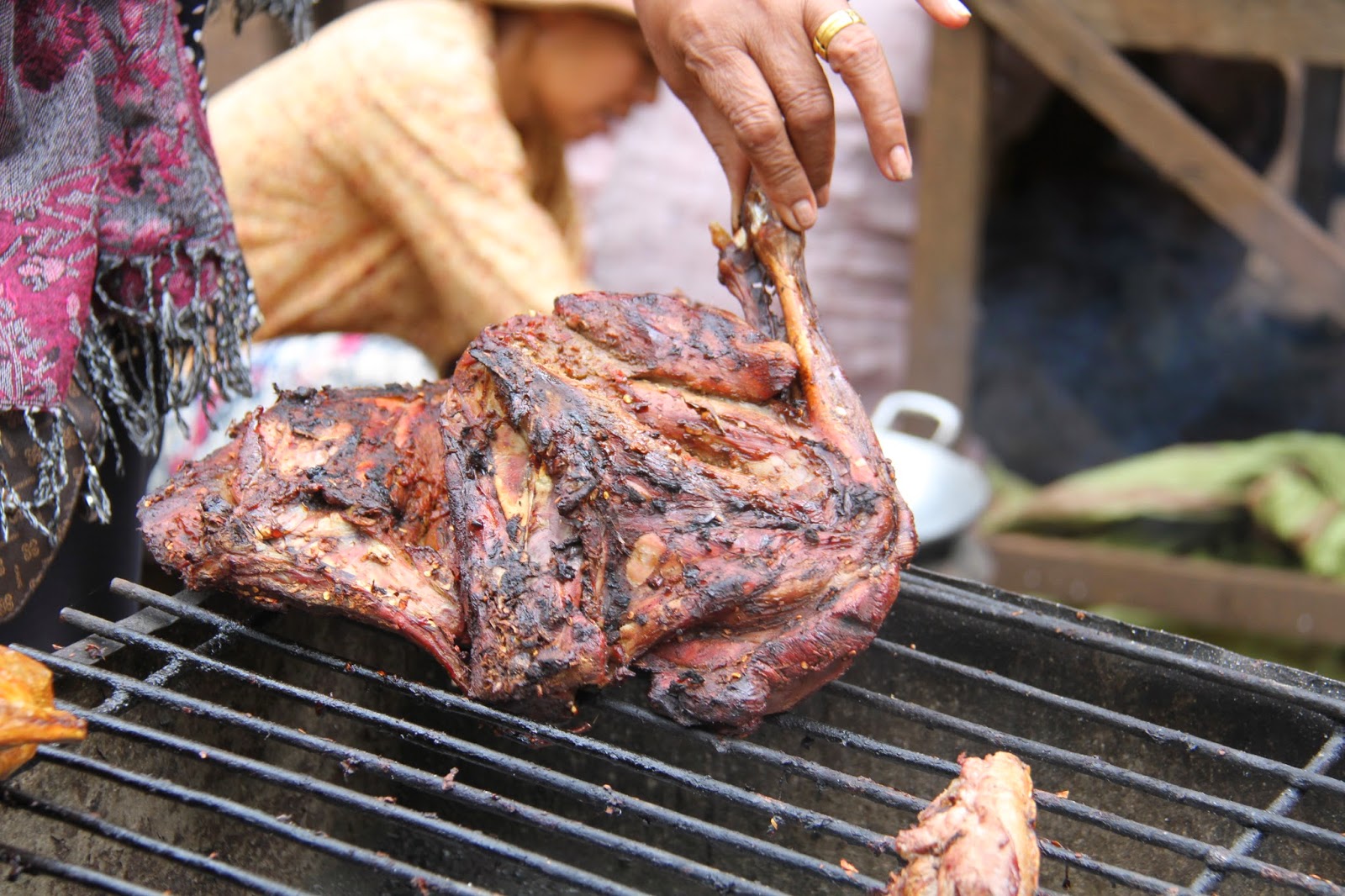 |
| wild-meat offers for the tourist in Busra, Photo by Siveun |
Without responding I left the place to reduce people's stress and concern about confiscation from the relevance environmental agency. However, I feel not really comfortable with their eye looked to me, but being a environmental opinion, I felt very bad. Busra is a great junction point for the national and international tourists. While promoting the eco-tourism around this areas, the people really take advantage from the nature and natural resource including selling wild-meat. This is considered as a bad modelling regarding to environmental education to the people visited here.
This is also indicated that the environmental education is still limited for the local community and the people around here. However, law enforcement were not really proper implemented in this areas. The tourism principle in tourism sector should be prohibited the wild-meat inside the nature based recreation.
In Cambodia all wildlife shall be divided into the following three categories:
1- Endangered species;
2- Rare species; and
3- Common species.
According to the law:
Article 49 stated that: It shall be prohibited to commit the following against rare and endangered wildlife species.
1- Harass or harm any such species above or its habitat
2- Hunt, net, trap or poison
3- Process, stock or maintain as a zoo or in a family house
4- Transport
5- Trade and
6- Import or Export
Article 50 stated that: It is prohibited to commit the following activities against common wildlife species, except by a permit issued by the Forestry Administration:
1- Stock or maintain as a zoo or in a family house;
2- Transport and Trade an amount exceeding that necessary for customary use.
 |
| Loris is selling for medicine in Busra Photo by: Siveun |


